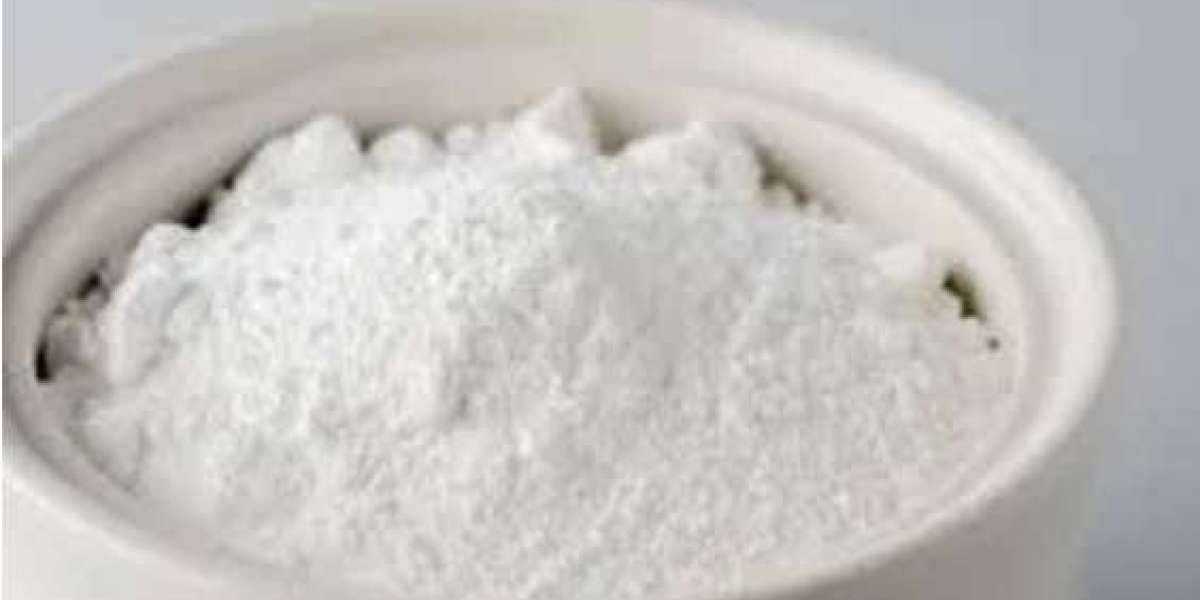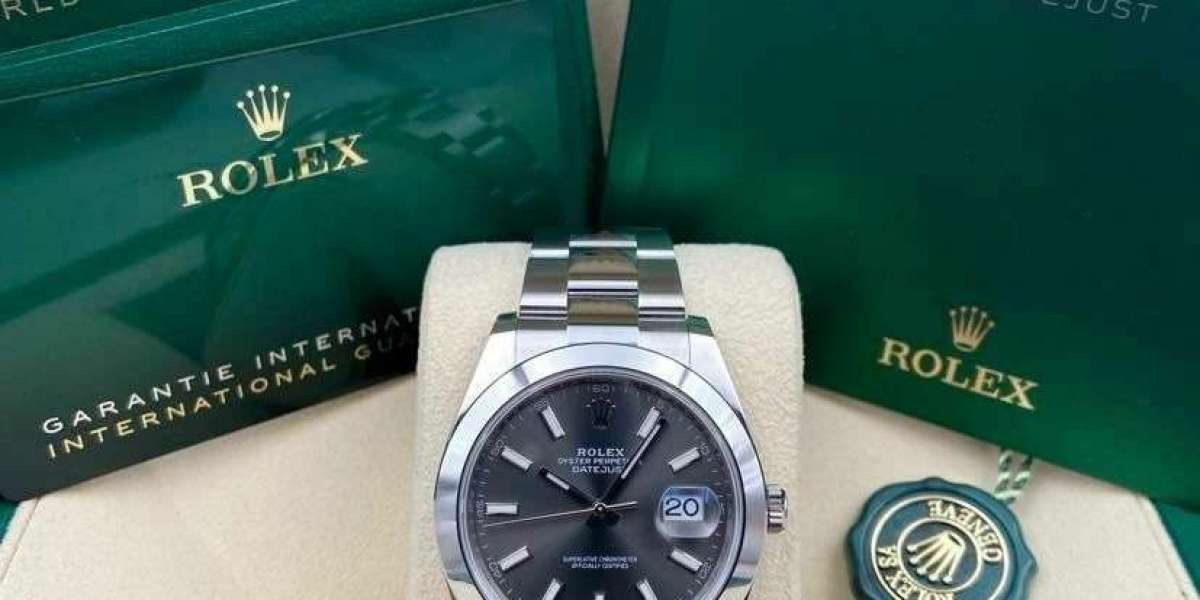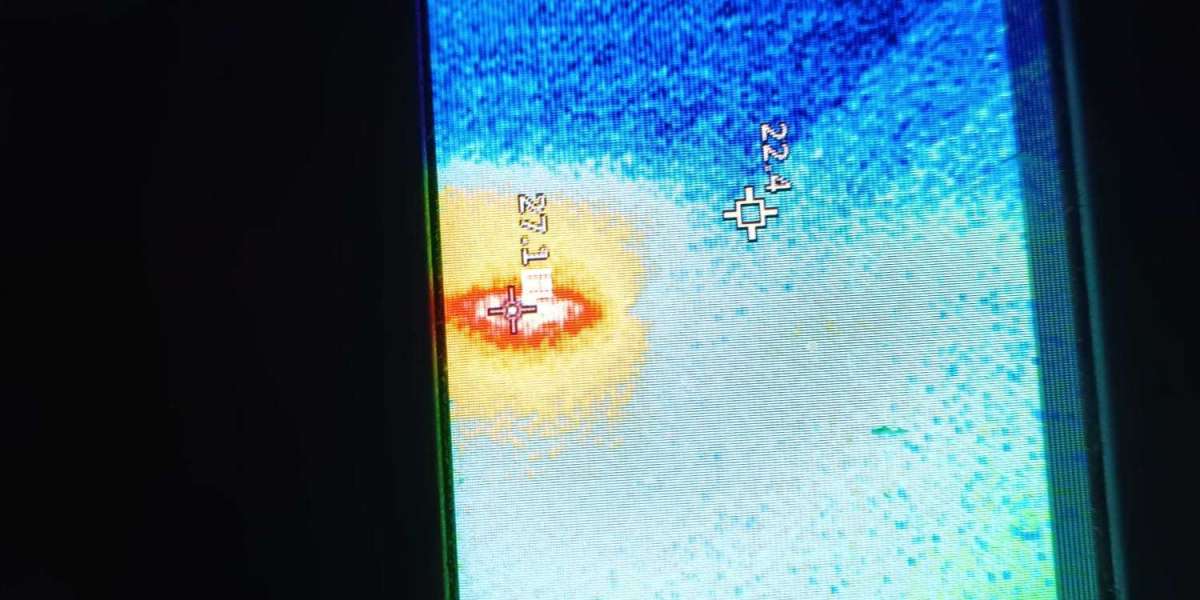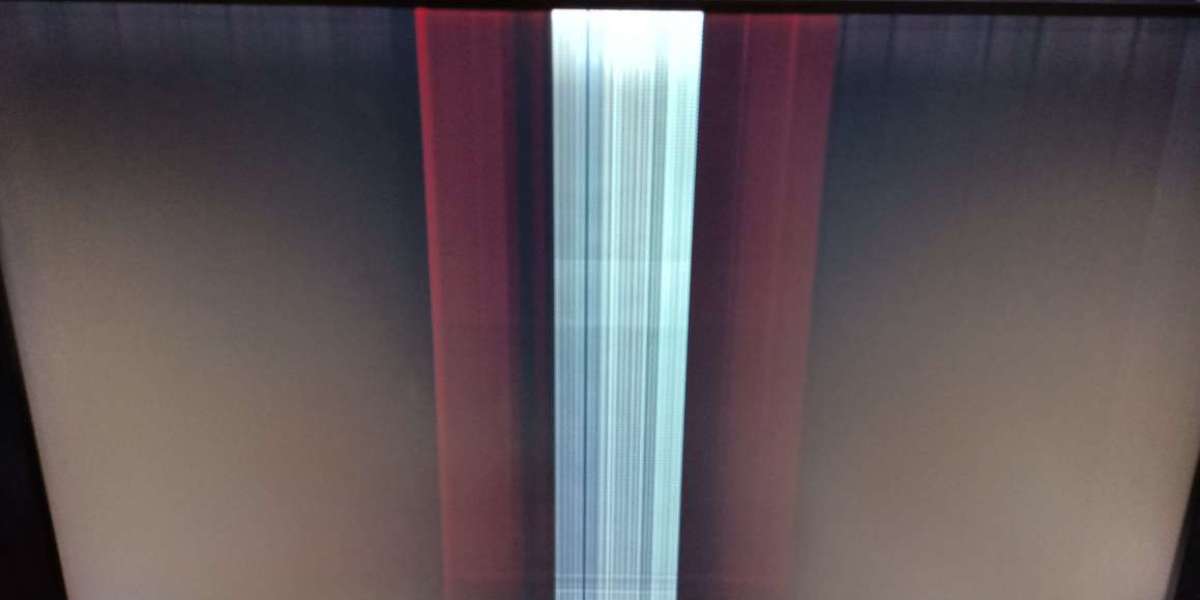Titanium dioxide (TiO2) is one of the most widely used materials in the world, with applications across various industries, including cosmetics, food, and pharmaceuticals. However, its most prominent role lies in the paint and coatings industry, where its superior properties make it the go-to pigment for enhancing the performance and appearance of paints and coatings. Among the different forms of titanium dioxide, rutile TiO2 stands out due to its exceptional characteristics, including its opacity, whiteness, durability, and UV resistance. In this article, we will explore the crucial role of rutile TiO2 in the paint and coatings industry, focusing on its properties, benefits, and applications.
What is Rutile TiO2?
Titanium dioxide is a naturally occurring mineral that comes in several crystalline forms, including anatase, brookite, and rutile. Among these, rutile TiO2 is the most stable and commonly used form, making up about 95% of the titanium dioxide pigment market. Rutile TiO2 is characterized by its high refractive index, which provides excellent light-scattering properties. This makes rutile TiO2 the preferred choice for applications where brightness, opacity, and whiteness are critical.
Rutile TiO2 is produced from titanium ore, typically through a process that involves either the sulfuric acid method or the chloride process, both of which result in highly refined, white TiO2 pigment. This pigment is then incorporated into paint formulations, where it plays a vital role in achieving the desired finish and performance characteristics.
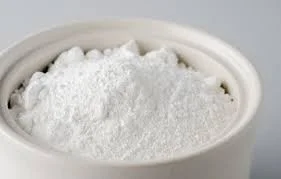
Key Properties of Rutile TiO2
Rutile TiO2 possesses several properties that make it particularly effective in the paint and coatings industry:
1. Opacity and Hiding Power
One of the standout features of rutile TiO2 is its high opacity, which refers to its ability to hide the surface to which it is applied. In paints and coatings, this means that less pigment is required to cover a surface effectively, which improves the coverage and efficiency of the paint. The high refractive index of rutile TiO2 scatters light in such a way that it provides excellent hiding power, ensuring that the underlying substrate, whether it’s wood, metal, or drywall, is completely concealed.
2. Brightness and Whiteness
Rutile TiO2 is known for its bright, pure white appearance, making it an ideal pigment for achieving the desired color and finish in paints and coatings. The white color is not only aesthetically pleasing but also enhances the color strength of the final product. The high whiteness index of rutile TiO2 ensures that paints and coatings appear more vibrant and luminous, improving the overall aesthetic appeal of a wide range of applications.
3. Durability and Weather Resistance
One of the most important aspects of rutile TiO2 is its durability and ability to withstand weathering. TiO2 is highly resistant to UV degradation, meaning that paints and coatings containing rutile TiO2 maintain their brightness and appearance over time. This is especially important for outdoor applications where exposure to sunlight, rain, and harsh environmental conditions can cause the paint to fade or degrade. Rutile TiO2 helps to prolong the life of the coating by preventing the breakdown of the paint, making it an essential ingredient in products like exterior paints, protective coatings, and automotive finishes.
4. Chemical Inertness
Rutile TiO2 is chemically stable and inert, which means it doesn’t react with other components in the paint formulation or with environmental elements. This stability ensures that TiO2 retains its color and performance characteristics throughout the life of the product. Additionally, rutile TiO2 is non-toxic and non-reactive, making it a safe choice for a wide range of consumer and industrial products.
5. UV Absorption and Protection
Rutile TiO2’s ability to absorb ultraviolet (UV) light makes it a valuable component in sunscreens, protective coatings, and automotive paints. When incorporated into paints, TiO2 forms a protective barrier against harmful UV radiation, preventing damage to the underlying material. This feature is particularly crucial in applications where the longevity and integrity of the surface are critical, such as in architectural coatings and marine paints.
Benefits of Rutile TiO2 in Paint and Coatings
Rutile TiO2 offers a range of benefits in the paint and coatings industry, making it an essential ingredient in modern paint formulations:
1. Improved Coverage and Cost Efficiency
One of the most significant advantages of rutile TiO2 is its excellent hiding power. Because rutile TiO2 requires less pigment to achieve effective coverage, manufacturers can use less material while still producing high-quality paint. This not only reduces the cost of raw materials but also improves the efficiency of the painting process. In addition, the superior opacity of rutile TiO2 means that fewer coats of paint are needed, which can save time and labor costs.
2. Enhanced Durability
Paints and coatings containing rutile TiO2 are more durable and resistant to the effects of weathering, UV radiation, and other environmental factors. This makes rutile TiO2 especially valuable in outdoor applications, where long-lasting protection is essential. Whether it’s for architectural coatings, industrial coatings, or automotive finishes, rutile TiO2 helps to maintain the appearance and functionality of the coating over time, reducing the need for frequent touch-ups or reapplications.
3. Improved Aesthetic Qualities
The bright, white pigment of rutile TiO2 enhances the brightness and color consistency of paints and coatings. This is especially important in applications where the visual appeal of the surface is a priority, such as in interior paints, decorative coatings, and automotive finishes. The enhanced whiteness also contributes to the color strength of the paint, allowing for more vibrant hues when mixed with colored pigments.
4. Better Environmental Performance
Rutile TiO2 is highly stable and resistant to degradation, which contributes to the environmental sustainability of the coatings that contain it. Paints and coatings formulated with rutile TiO2 are more long-lasting, reducing the need for frequent repainting and minimizing the environmental impact associated with the disposal of used coatings. Additionally, TiO2 is non-toxic and safe for both consumers and workers, making it an eco-friendly choice for manufacturers.
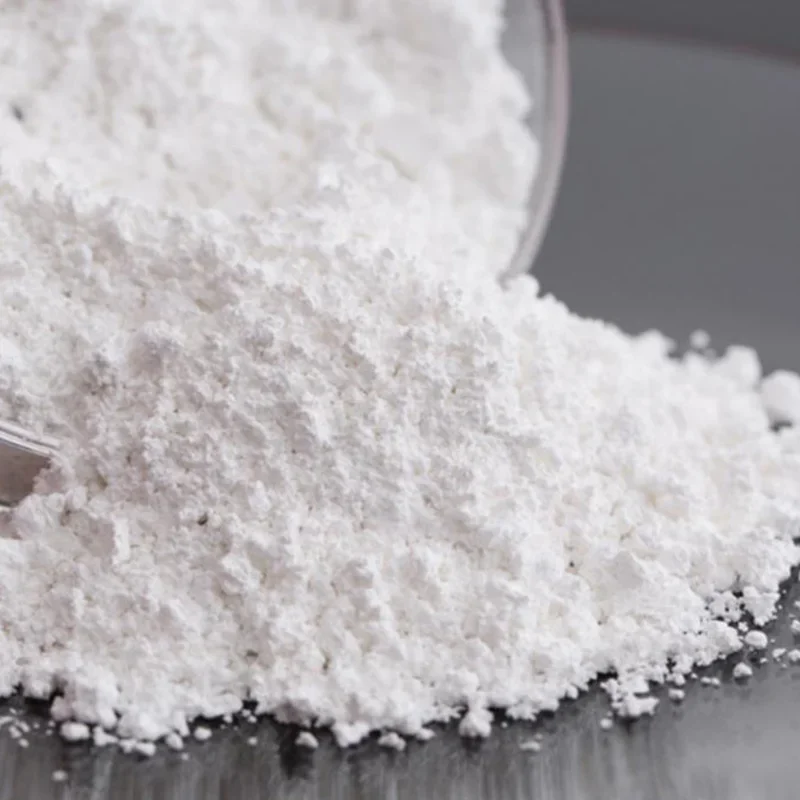
Applications of Rutile TiO2 in the Paint and Coatings Industry
Rutile TiO2 is used in a wide range of applications within the paint and coatings industry. Its versatility and performance characteristics make it suitable for both decorative and protective coatings across various sectors.
1. Architectural Coatings
Rutile TiO2 is a key ingredient in both interior and exterior architectural paints. Its whiteness, opacity, and UV resistance make it perfect for exterior paints, where weather resistance is critical. The durability of rutile TiO2 helps to maintain the color and performance of exterior surfaces even after prolonged exposure to sunlight, rain, and temperature fluctuations.
2. Automotive Coatings
In the automotive industry, rutile TiO2 is used in automotive finishes to provide a high-gloss, durable coating that resists UV radiation, oxidation, and environmental damage. The use of TiO2 in automotive paints improves the longevity of the finish, ensuring that the vehicle maintains its vibrant appearance over time.
3. Industrial Coatings
Rutile TiO2 is also widely used in protective coatings for industrial applications. These coatings are designed to protect machinery, equipment, and infrastructure from corrosion, abrasion, and chemical exposure. Rutile TiO2’s resistance to degradation ensures that industrial coatings maintain their protective properties for longer periods, reducing maintenance costs and extending the lifespan of the equipment.
4. Marine Coatings
For marine coatings, which are exposed to harsh conditions like saltwater, UV radiation, and mechanical wear, rutile TiO2 plays an important role in enhancing the weather resistance and longevity of the coating. Marine paints containing TiO2 offer superior protection against corrosion and fading, making them essential for boats, ships, and offshore platforms.
5. Wood Coatings
In the wood coatings sector, rutile TiO2 is used to provide a smooth, uniform finish that enhances the natural grain of the wood while providing protection against UV radiation. This is particularly important for outdoor wooden structures such as decking and furniture, where durability and weather resistance are crucial.
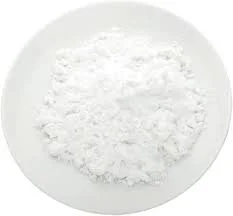
Conclusion
Rutile TiO2 is an indispensable ingredient in the paint and coatings industry, offering a wide range of benefits including improved opacity, enhanced durability, whiteness, and UV protection. Its ability to provide superior coverage and color consistency makes it the ideal choice for both decorative and protective coatings across various sectors, including automotive, architectural, industrial, and marine applications.
Rutile TiO2: Exploring Its Applications And Benefits in the Coatings Industry
